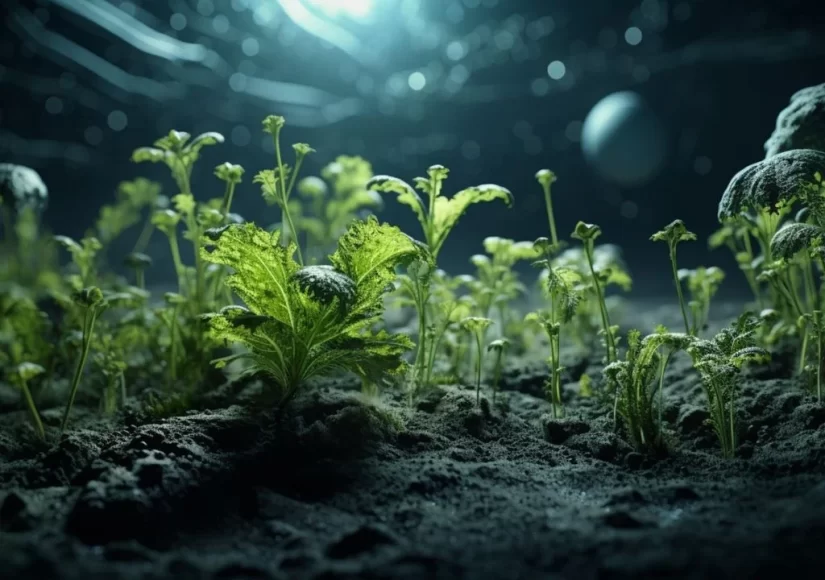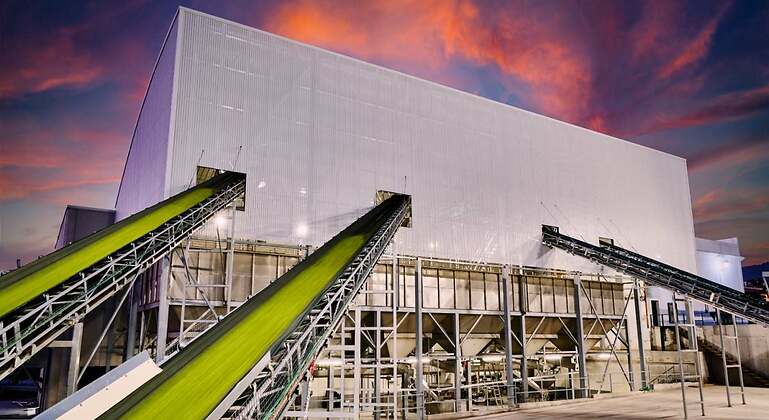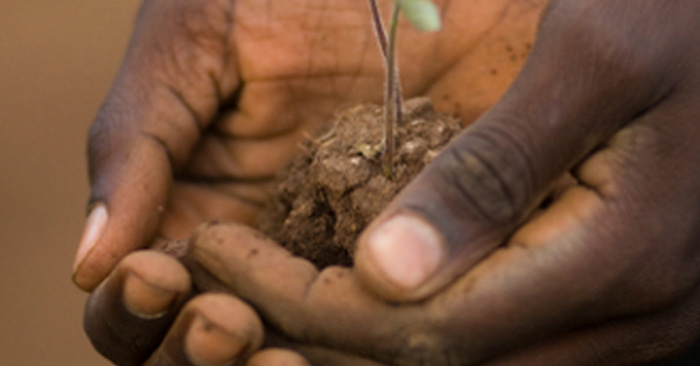Experiment confirms that plants could grow on the moon
An experiment with chickpea seeds shows that plants can grow on the Moon despite the challenges. This finding suggests the possibility of extraterrestrial crops that would support long-duration space missions. A recent scientific study has investigated how seeds would develop on the surface of the Moon. The result has been a resounding success, as the…




![BrioAgros-pitch-Winner-in-the-World-Congress-of-Angel-Investors-2020-1024×528[1]](https://brioagro.com/wp-content/uploads/2020/12/BrioAgros-pitch-Winner-in-the-World-Congress-of-Angel-Investors-2020-1024x5281-1-825x425.jpg)
